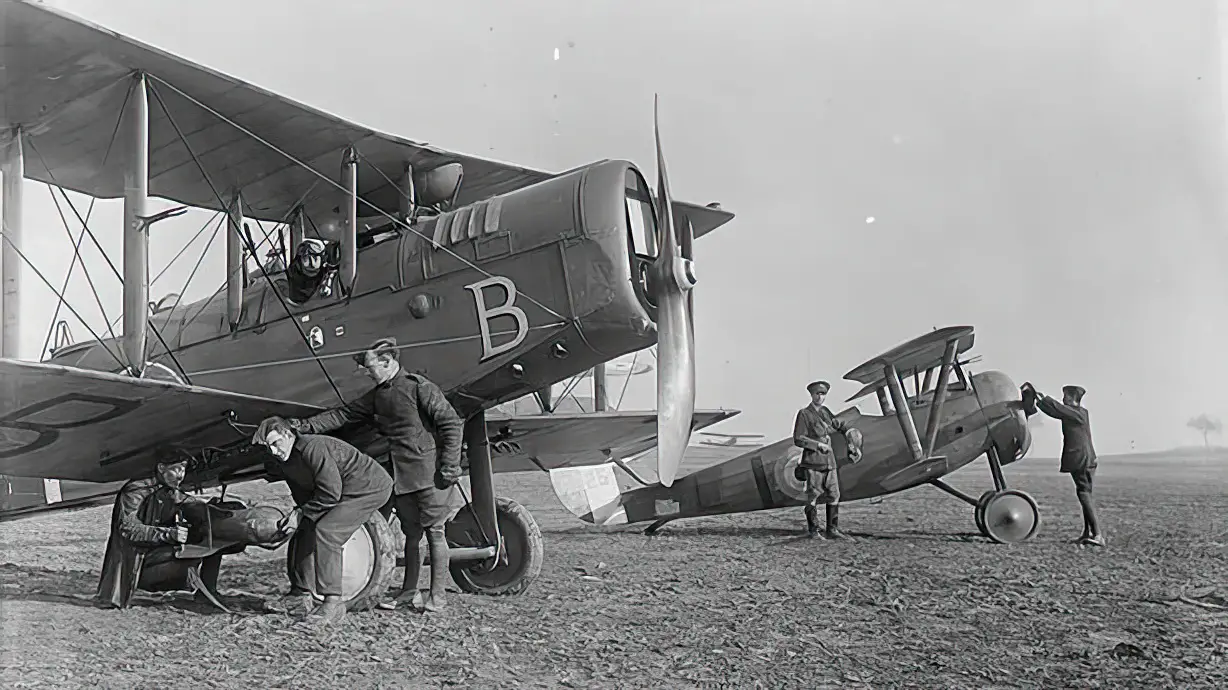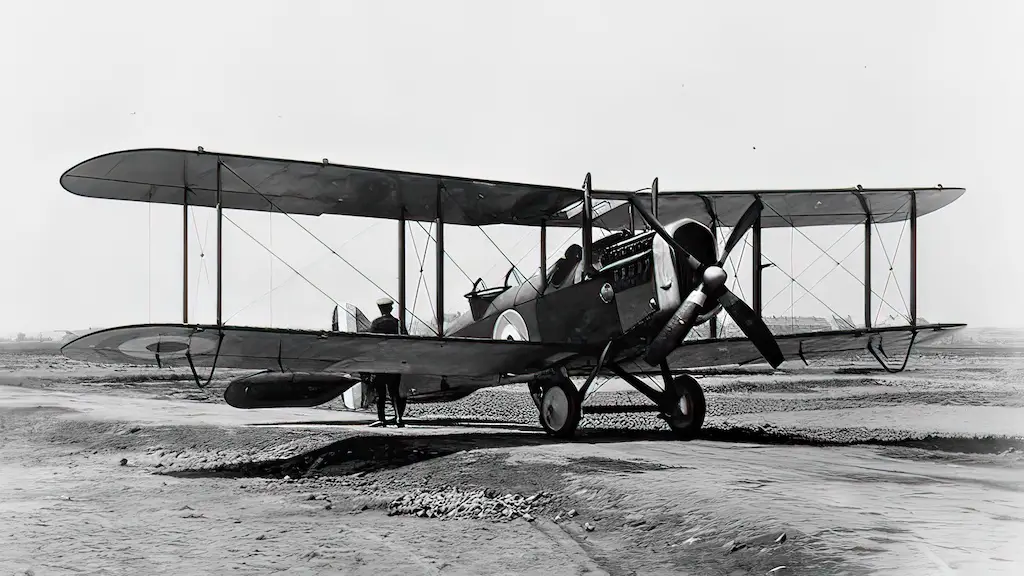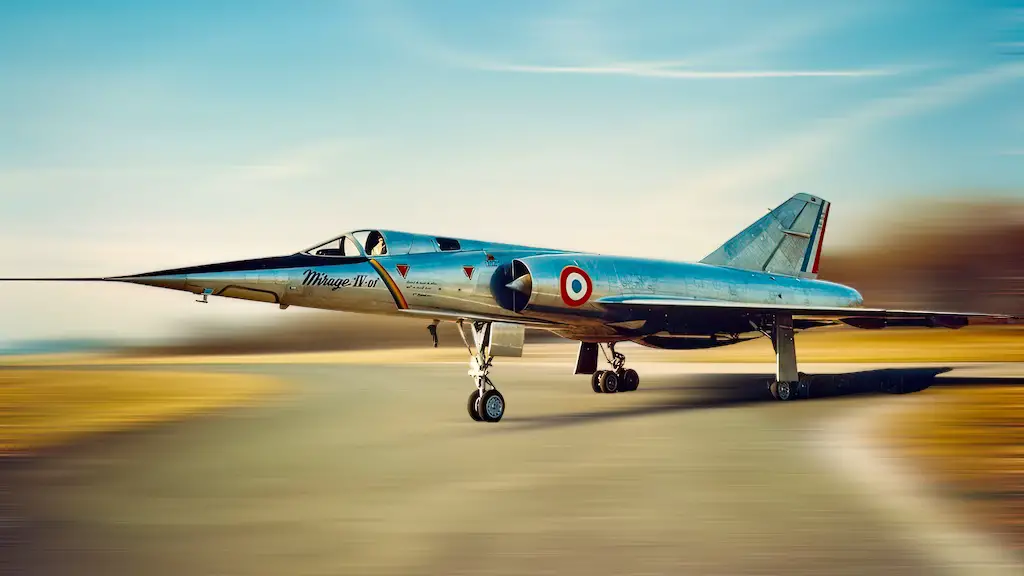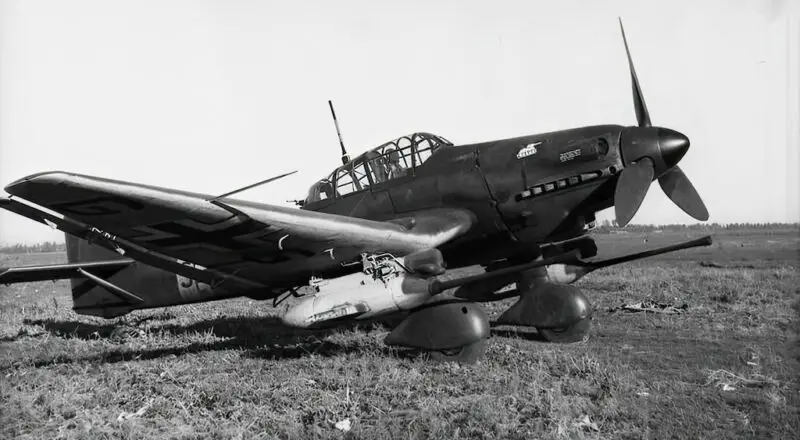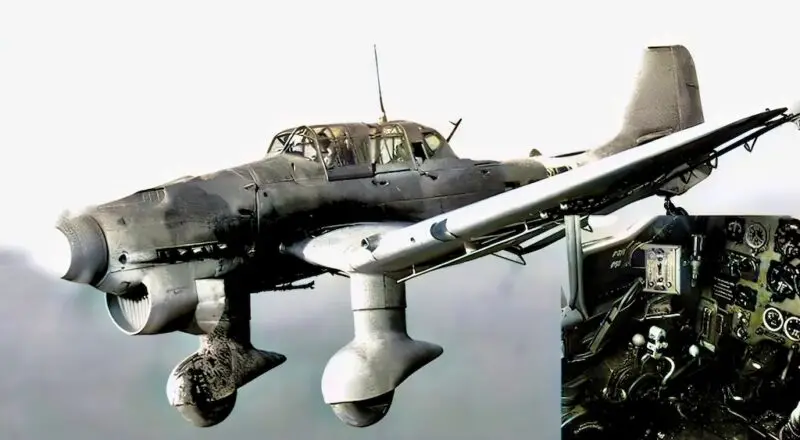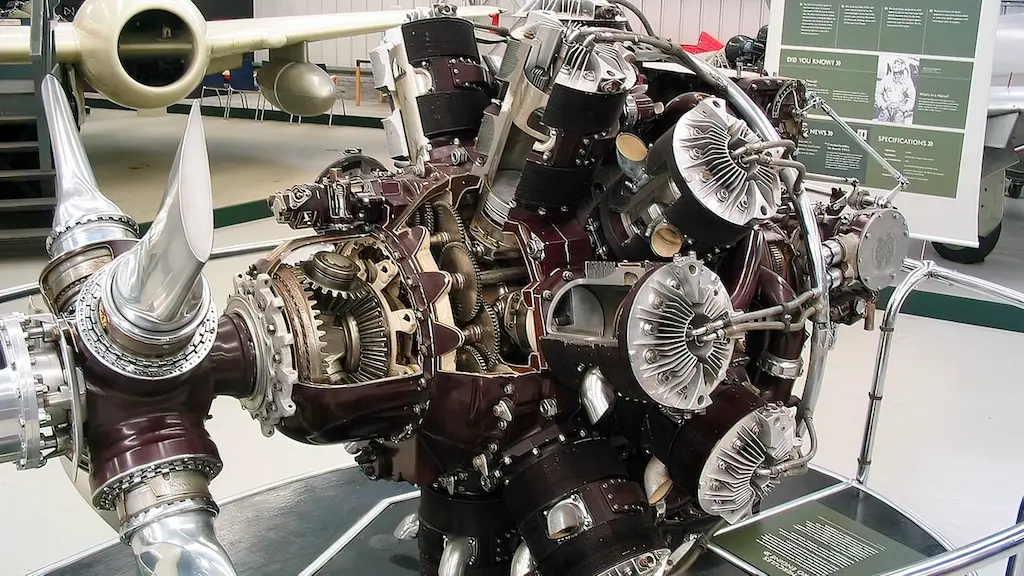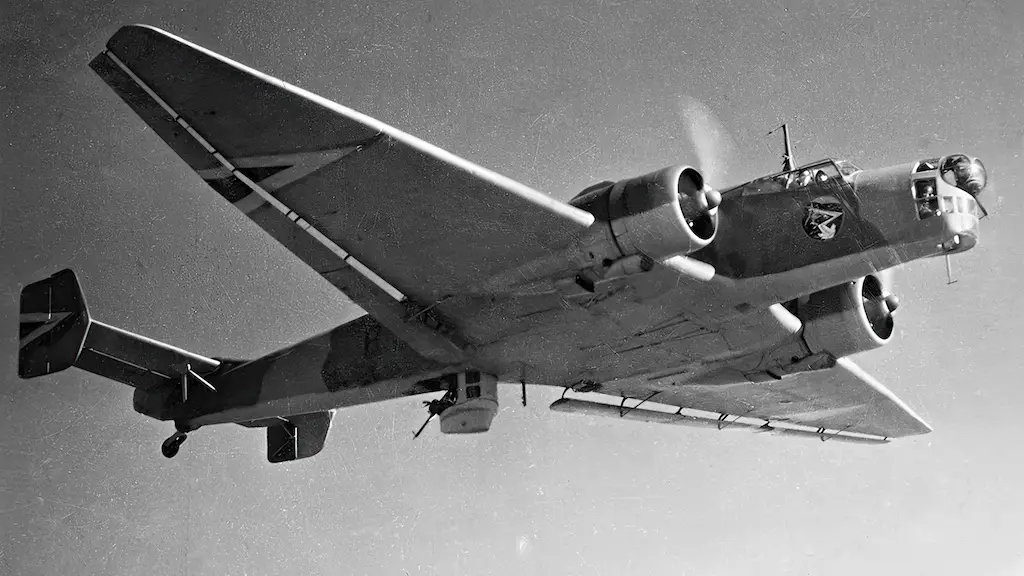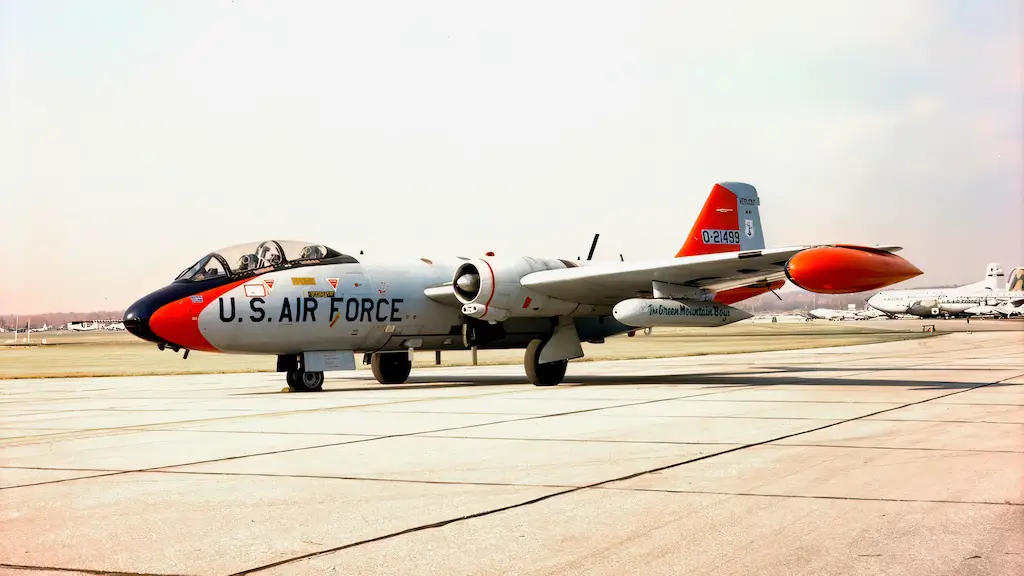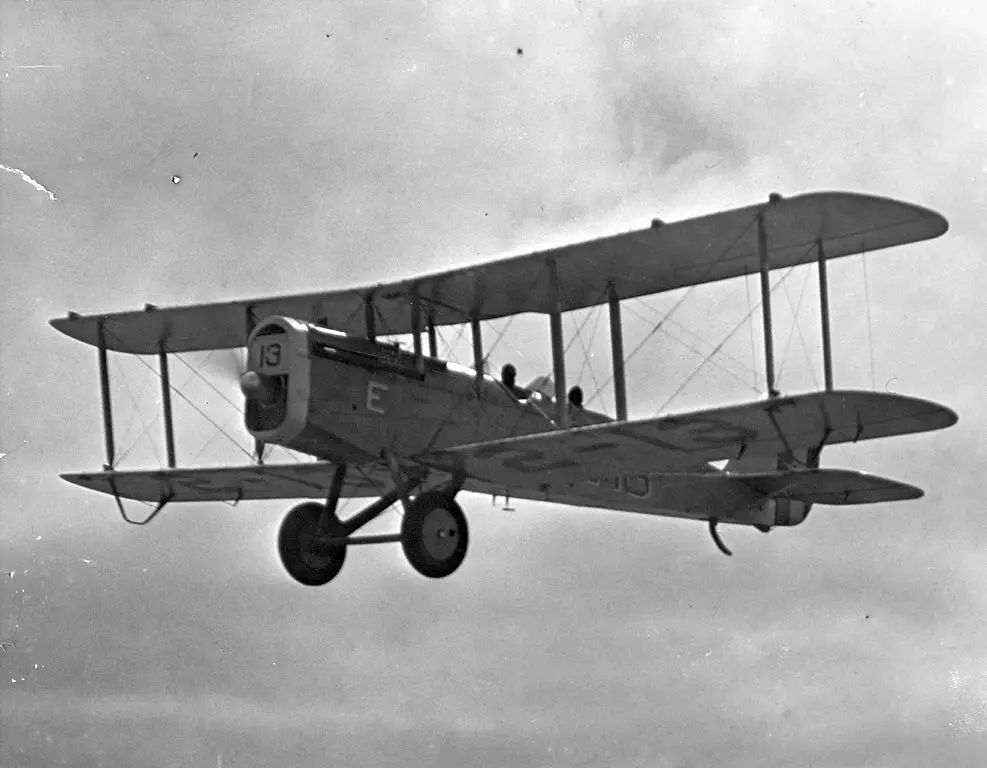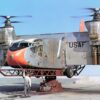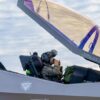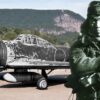The Airco DH4 was by all accounts among the finest British aircraft of the First World War. It was probably, the best single-engine daylight bomber of that war. A swift climber, fast, maneuverable and a pleasant to fly aircraft. So it quickly won the admiration of airmen and became the mainstay of the British bomber fleet. And when the United States entered the war in April 1917, it chose the DH4 to be one of its principle airplanes, joining the production effort and bringing the total number of DH4s built to almost 6,300. After the war it proved to be as useful, making a huge contribution to the development of commercial aviation.
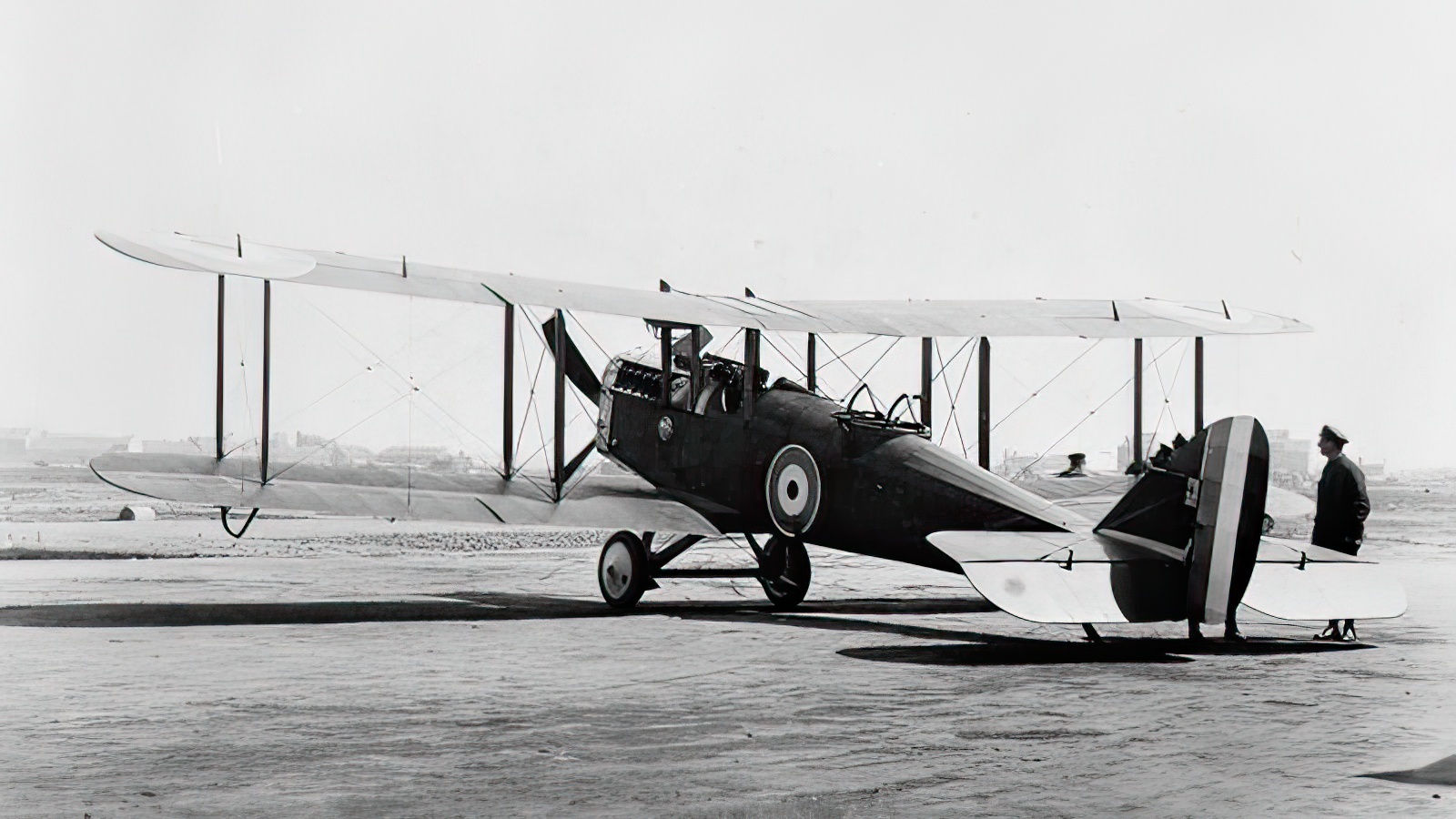
A de Havilland design
The DH4, like other Airco airplanes, had its creator’s initials in the name. It was designed by Geoffrey de Havilland, who at the time had not yet founded a company of his own and toiled as a chief designer at Airco. The DH4 was a two-bay biplane with a fuselage made of wood and fabric. Although being no breakthrough, it utilized the aircraft technology of its time to the maximum. The prototype was powered by a 230-hp BHP engine. Later variants featured a variety of other engines, the most successful of which was the 375-hp Rolls-Royce Eagle VIII. While the prototype, which first flew in August 1916 with de Havilland himself at the controls, had a top speed of 106 mph, later production versions could fly as fast as 140 mph.
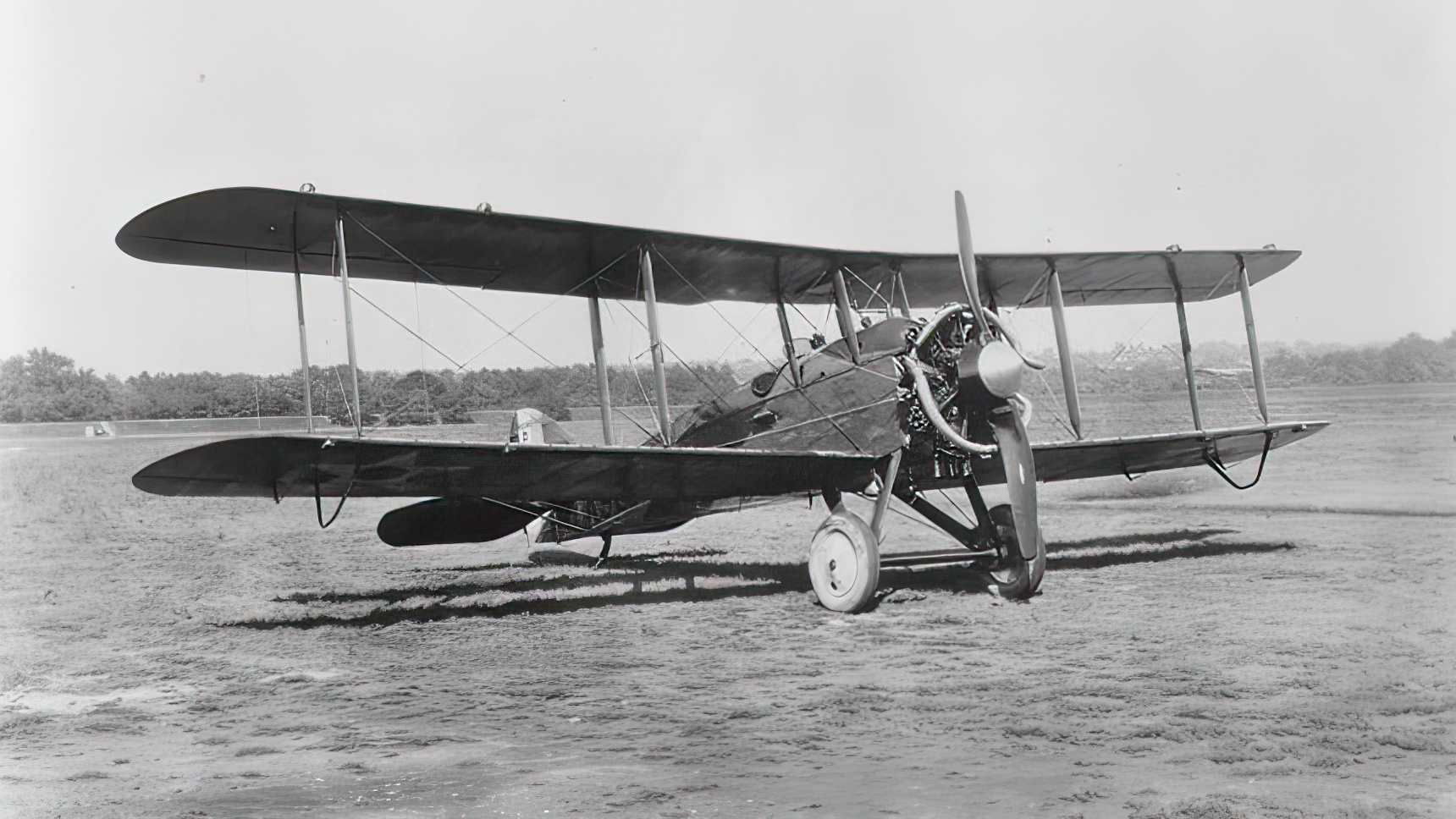
The DH4 could carry a pair of 230lb or four 112 lb bombs. Although DH4s equipped with the Eagle engine outperformed most contemporary fighters and were virtually immune to interception, De Havilland also equipped the bomber with defensive armament. The DH4 was armed with .303in machine guns, a fixed forward-firing Vickers synchronized by a Constantinesco interrupter gear and operated by the pilot and a single or twin Lewis on a Scarff ring for use by the observer.
Frontline success
The DH4 entered service with the Royal Flying Corps (RFC) in March 1917. The first unit equipped with DH4s was No. 55 Squadron based in France. It soon proved its worth in combat and by the end of the year six squadrons were flying DH4s. In addition to its primary bomber role, the DH4 was used as in photo-reconnaissance and anti-submarine patrols. And on August 15, 1918, a Royal Naval Air Service DH4 piloted by Maj. Egbert Cadbury even shot down a zeppelin.
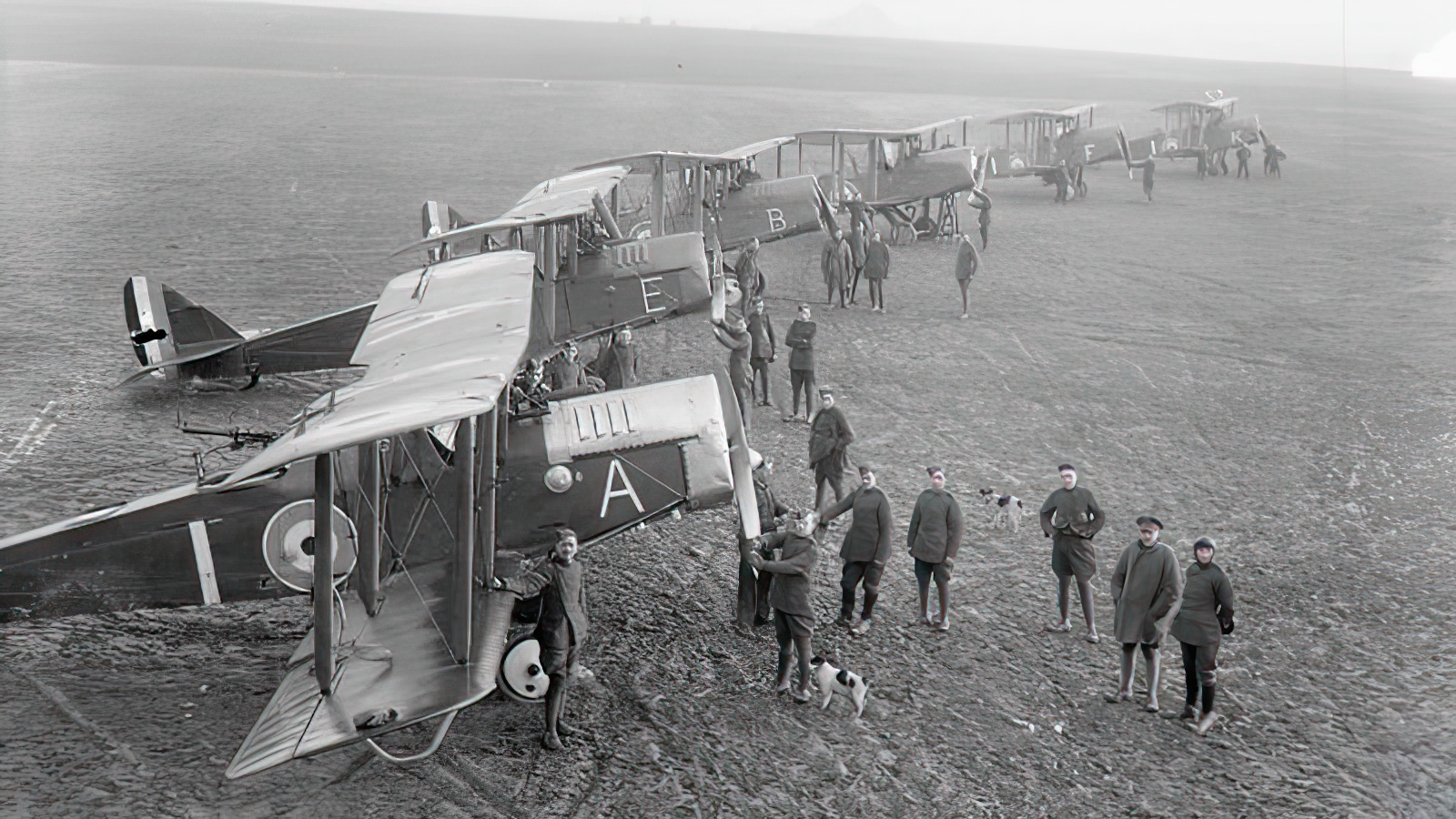
Made in USA
A total of 1,449 DH4s were built in Britain. But the real champion in producing the bomber turned out to be the United States. When the country entered WWI, it did not have any combat capable aircraft, so to speed up the process it adopted some Allied fighter and bomber designs, among them the DH4.
In the US it was powered by a mighty local 400-hp Liberty L-12 engine and manufactured by Dayton-Wright Airplane Company, Fisher Body Division of General Motors Corporation, and the Standard Aircraft Corporation. Together they built a total of 4,846 airframes. The US-built DH4s first went into action in early August 1918 and saw short but intensive combat use until the armistice.
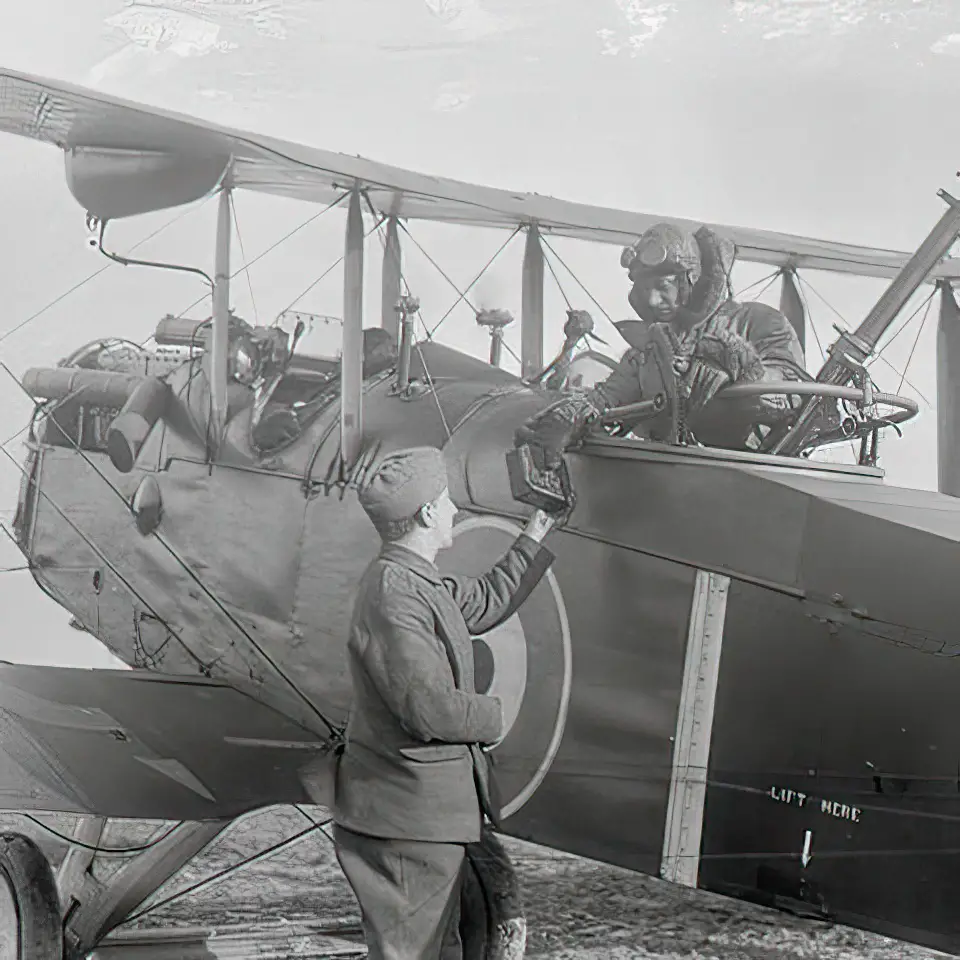
Taking up a postman’s job
In the years following the Great War, the vast fleet of DH4s was instrumental in establishing air mail services in the US, UK, and Australia. For this role they were often converted into single-seaters and fitted with a watertight compartment for some 500 lb of mail. While the mail business was probably the most important of DH4’s civil applications, it also featured in a variety of other civil and military roles in the post-war years. It was used as a crop-duster, ambulance, forest fire patrol and trainer aircraft, and a target tug. The U.S. military operated the type until 1932.
